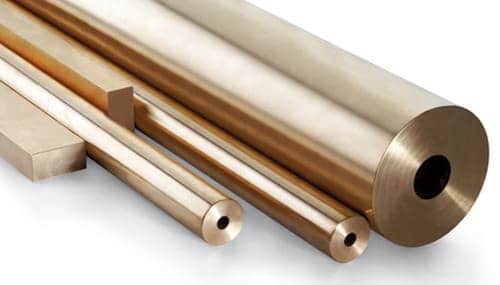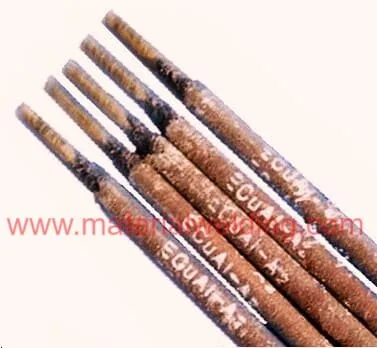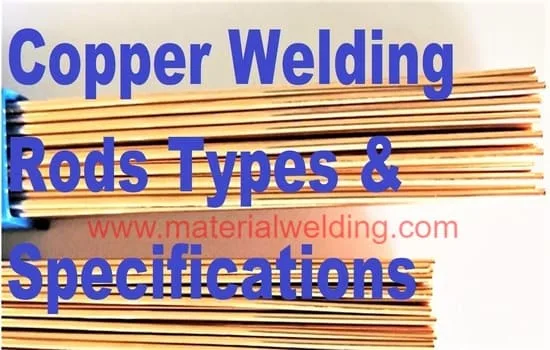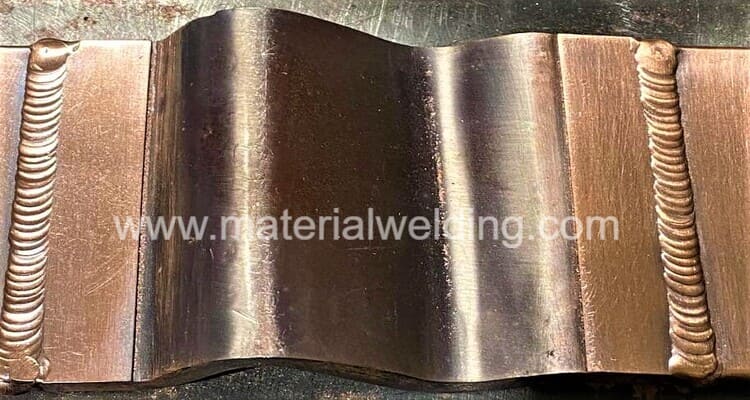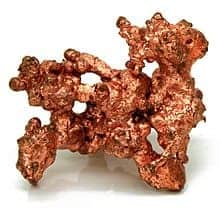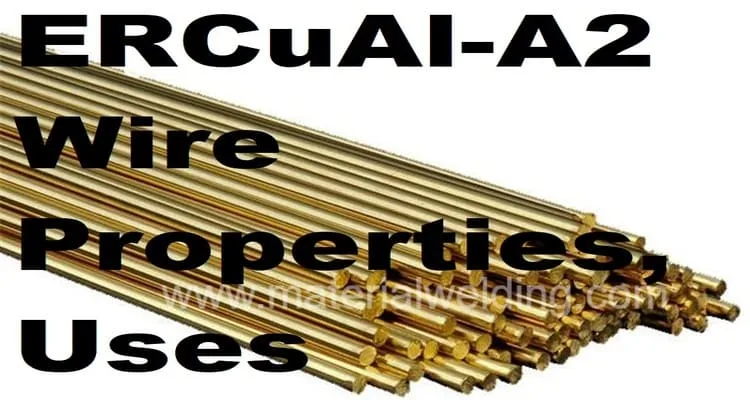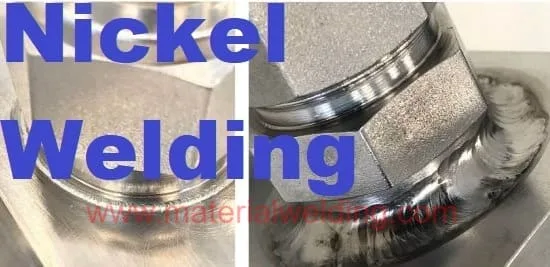Bronze Welding
Bronze welding is used in a variety of industries, including engineering, metalworking, DIY, sculpture, and jewelry making.
Bronzes (copper-tin wrought alloys) are characterized by good strength properties, often sufficient conductivity for heat and electricity as well as high corrosion resistance. Due to their interesting properties, bronze alloys have many areas of application.
Welding of bronze (wrought copper-tin alloys) generally does not present any major difficulties if the large solidification interval leading to segregation is observed, i.e., the weld point does not overheat and, above all, if it is not cooled abruptly to avoid solidification cavities, hot cracks and brittle phases in the weld metal.
While welding bronze may seem intimidating at first, with a little practice and the right tools, anyone can learn to weld bronze easily. In this article, we’ll discuss five tips to help you get started.
What is bronze?
Bronze is an alloy, which means it is a mixture of two or more metals. It is typically composed of copper, tin, and sometimes small amounts of other metals such as zinc, lead, or nickel.

The exact composition of bronze can vary depending on its intended use, but copper and tin are the primary components.
Bronze is a versatile material that has been used for thousands of years in various applications, including sculpture, jewelry, and metalworking.
It is valued for its strength, durability, and malleability, as well as its unique color and patina.
Related Reading: Bronze and Alloys of Bronze
Different types of bronze and their properties
Note that in a number of physical properties, bronze is similar to brass. In particular, identical welding methods have been defined for these materials.
In metallurgy, there is a clear separation of alloys. If copper with zinc is used as the main element, then the formed alloy is called brass.
Related reading: How to Weld Brass, Welding of Brass and its Alloys
There are several different types of bronze, each with their own unique properties and characteristics. Types of bronze are determined, depending on which element is used for alloying.
Related reading: Copper vs Brass vs Bronze Colors
In the simplest classification, bronzes can be divided into:
- Phosphorus Bronze (Copper- Tin),
- Aluminum Bronze (Copper-Aluminum),
- Silicon Bronze (Copper-Silicon),
- Manganese Bronze (Copper-Manganese).
Phosphor Bronze
This type of bronze contains copper, tin, and phosphorus. It is known for its excellent strength, wear resistance, and corrosion resistance, making it a popular choice for springs, electrical contacts, and bearings.
Silicon Bronze
This type of bronze contains copper, silicon, and sometimes small amounts of other metals. It is known for its excellent strength, corrosion resistance, and weldability.
It is commonly used in marine applications, such as boat hardware and propellers, as well as architectural applications such as roofing and sculptures.
Aluminum Bronze
This type of bronze contains copper, aluminum, and sometimes small amounts of other metals.
It is known for its high strength, excellent corrosion resistance, and resistance to wear and fatigue. It is commonly used in heavy-duty industrial applications such as bushings, bearings, and gears.
Related Reading: How to Weld Nickel Aluminum Bronze Ni-Al Bronze?
Manganese Bronze
This type of bronze contains copper, zinc, and manganese. It is known for its high strength, wear resistance, and corrosion resistance.
It is commonly used in marine and mining applications, as well as for heavy-duty industrial equipment.
White Bronze
This type of bronze contains copper, tin, and zinc, but in different proportions than traditional bronze. It is known for its bright, silvery color and is commonly used for decorative purposes such as jewelry and ornaments.
Overall, bronze is a versatile material with a wide range of applications, and the specific type of bronze chosen for a particular application will depend on its intended use and desired properties.
How to Weld Bronze: Tips for Bronze Welding
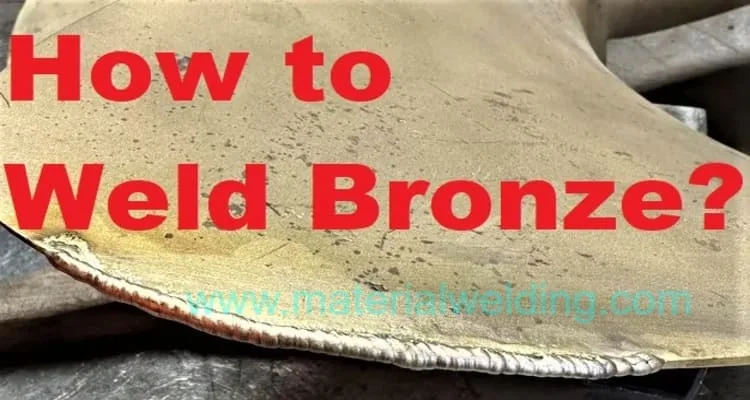
1. Choose the right welding technique
There are several welding techniques that can be used for bronze, including gas welding, TIG welding, and MIG welding.
Each technique has its advantages and disadvantages, so it’s important to choose the one that is best for your project.
Gas welding, for example, is ideal for small to medium-sized projects and is known for producing a smooth, clean weld. TIG welding, on the other hand, is best for larger projects and provides greater control over the welding process.
2. Prepare your work area
Before you start welding, it’s important to prepare your work area. Make sure your workspace is clean and free of debris, and that you have all the necessary equipment and safety gear.
This includes a welding helmet, gloves, and a welding jacket. You should also ensure that you have adequate ventilation to prevent the build-up of fumes.
3. Choose the right filler material
When welding bronze, it’s important to choose the right filler material. Bronze rods are typically used as filler material, and there are several different types available, including silicon bronze and aluminum bronze.
Silicon bronze is ideal for welding thin sections of bronze, while aluminum bronze is better suited for thicker sections.
4. Use the right welding technique
Once you’ve chosen your welding technique and prepared your work area, it’s time to start welding.
When welding bronze, it’s important to use the right technique to ensure a strong, reliable weld.
This may involve adjusting the heat and speed of your welding equipment, as well as using the right welding position and technique for your project.
5. Practice, practice, practice
Like any skill, welding takes practice to master. Take the time to practice your welding technique on scrap pieces of bronze before moving on to your actual project.
This will help you get a feel for the welding process and ensure that you’re comfortable with your equipment and technique.
In conclusion, welding bronze may seem daunting at first, but with the right tools and techniques, it’s a skill that anyone can learn.
By choosing the right welding technique, preparing your work area, selecting the right filler material, using the right welding technique, and practicing your skills, you can easily weld bronze and create beautiful, durable welds.
TIG Welding of Bronze
TIG is welded with direct current and the electrode at the negative pole. The current should not be set too high and the arc should be kept short. SG-CuSn6 is usually used as welding consumable.
Preheating is not necessary for workpieces under 10 mm thickness because of the relatively low thermal conductivity of wrought copper-tin alloys.
AWS A5.7- ERCuSn-A (ISO 24373 SG-CuSn6, also called C11) or SG-CuSn12 are used as welding consumables.
Bronze MIG Welding
If bronze is MIG welded, it is also predominantly used with SG-CuSn6 according to DIN 1733-1 as welding consumable.
In order to obtain low-pore welds, the phosphorus content of the welding consumables should be below 0.02%, preferably 0.01% P.
MIG welding is not suitable for CuSn6Zn6 due to zinc evaporation as a result of the high heat input of the arc.
Thin sheets up to about 2 mm thick can be joined together without welding additives.
Welding electrodes selection of bronze welding
When selecting welding electrodes for bronze welding, it is important to choose the right type of electrode for the specific bronze alloy being welded. Here are some tips for selecting welding electrodes for bronze welding:
Choose an electrode that matches the composition of the bronze being welded. Different bronze alloys have different compositions, so it is important to choose an electrode that matches the specific alloy being welded. This will help ensure a strong, reliable weld.
Consider the thickness of the material being welded. Thicker materials require higher amperage, which in turn requires a larger diameter electrode. Conversely, thinner materials require lower amperage, which requires a smaller diameter electrode.
Recommended Welding wires and electrodes for Bronze welding are given in below table:
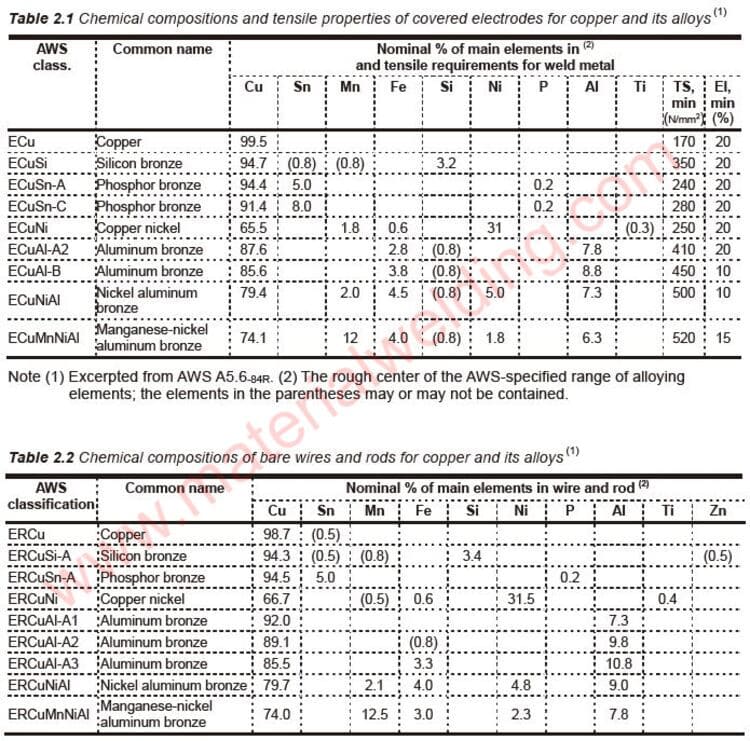
Choose an electrode that is suitable for the welding technique being used. For example, gas welding requires a different type of electrode than TIG welding or MIG welding.
Consider the type of joint being welded. Some electrodes are better suited for certain types of joints than others. For example, some electrodes are better suited for butt joints, while others are better suited for fillet welds.
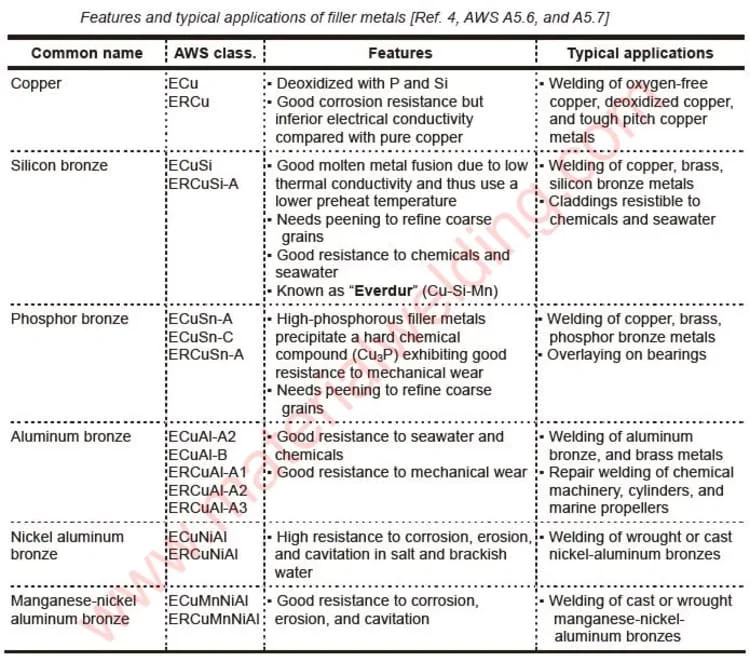
Choose an electrode that is compatible with the welding equipment being used. Different welding equipment may require different types of electrodes, so it is important to choose an electrode that is compatible with the equipment being used.
Overall, selecting the right welding electrode for bronze welding requires careful consideration of the specific bronze alloy being welded, the thickness of the material, the welding technique being used, the type of joint being welded, and the welding equipment being used.
Brazing of Bronze
Brazing is commonly used for joining bronze because it allows for a strong, durable joint without melting the base metals.
Here are the steps involved in brazing bronze:
1. Clean the surfaces to be brazed. Use a wire brush or sandpaper to remove any dirt, rust, or other contaminants from the surfaces to be brazed. This will help ensure a strong, clean joint.
2. Choose a brazing filler material. There are several types of brazing filler materials that are suitable for bronze, including brass, silver, and nickel alloys. The specific filler material chosen will depend on the composition of the bronze being brazed and the intended use of the finished product.
3. Apply flux to the surfaces to be brazed. Flux is a material that helps to prevent oxidation and promote the flow of the filler material. Apply a thin layer of flux to the surfaces to be brazed using a brush or applicator.
4. Heat the workpiece. Use a torch or furnace to heat the workpiece to the appropriate temperature for the brazing filler material being used. The temperature will vary depending on the specific filler material and the thickness of the workpiece.
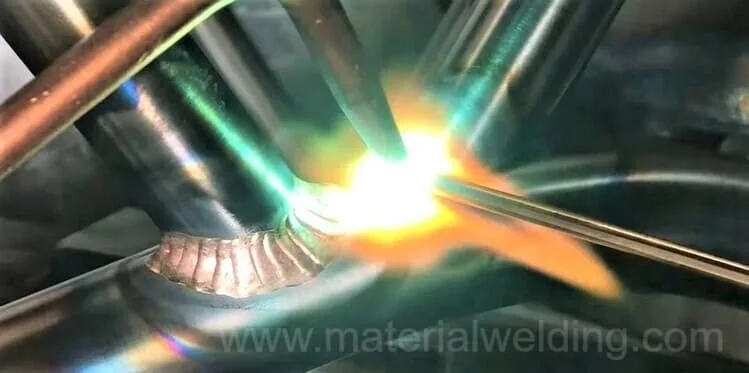
Stubby Cuts)
5. Apply the filler material. Once the workpiece has been heated to the appropriate temperature, apply the filler material to the joint. The filler material will melt and flow into the joint, creating a strong, durable bond.
6. Allow the joint to cool. Once the joint has been brazed, allow it to cool to room temperature before handling it. This will help ensure that the joint is strong and secure.
Brazing is a versatile and effective method for joining bronze, and it can be used for a wide range of applications.
By following these steps and using the appropriate brazing filler material, it is possible to create strong, durable joints in bronze that will last for many years.
